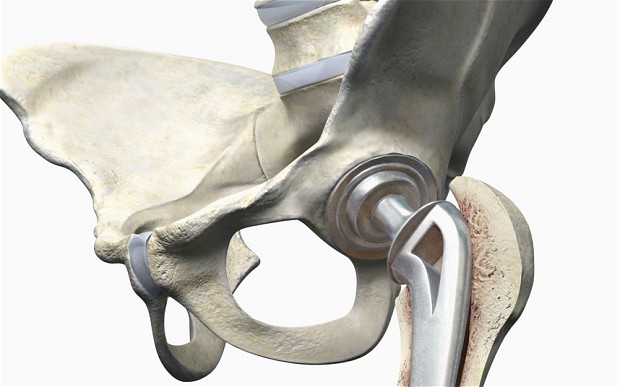The goal of hip replacement surgery is to increase someone’s mobility, decrease pain and improve quality of life by replacing damaged and diseased bone and tissue with an artificial implant. Surgeons perform this procedure more and more as American baby boomers and seniors live longer, more active lives. More young people are getting hip replacements, typically because of sports injuries or trauma to joints.
One recent study presented at the 73rd Annual Meeting of the American Academy of Orthopaedic Surgeons (AAOS) projected that primary hip replacement procedures will increase to 572,000 annually by 2030. With the increase in demand, manufacturers constantly compete to produce the best device on the market, and the technology of implants is more advanced now than ever.
 Sunday, 29 May 2016
Sunday, 29 May 2016
 Sunday, 29 May 2016
Sunday, 29 May 2016